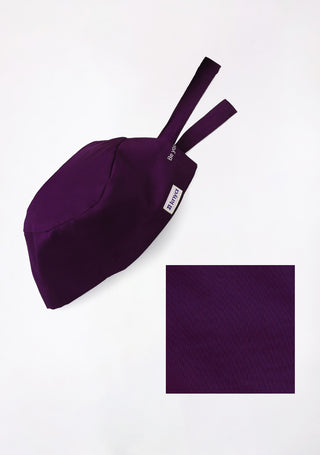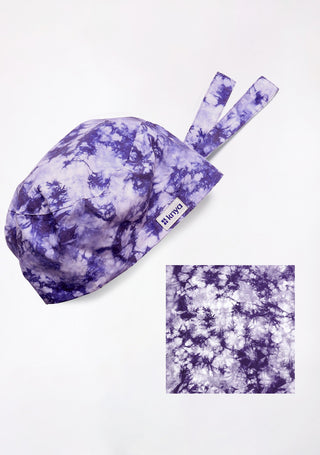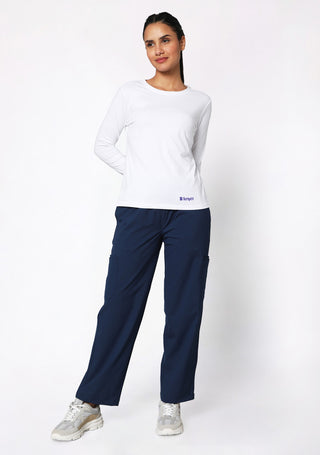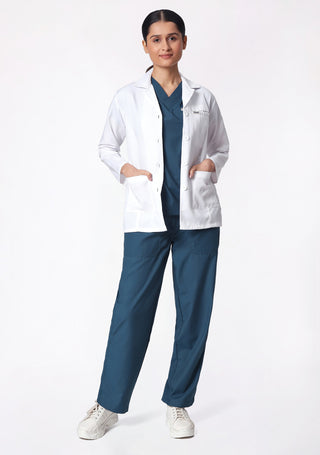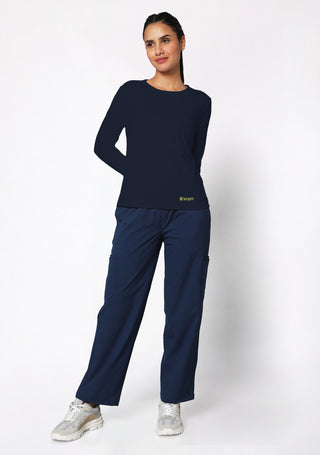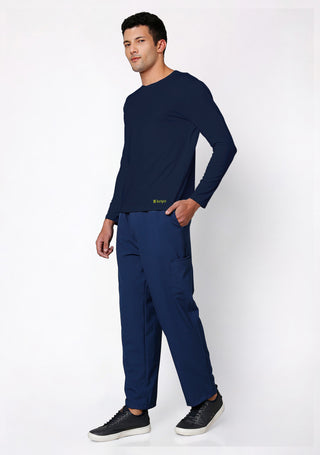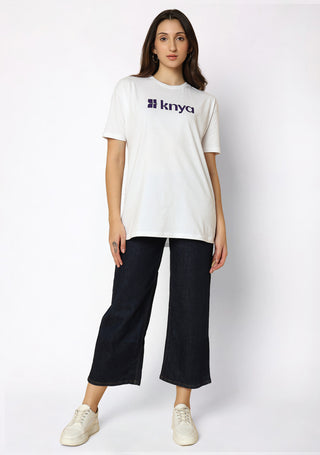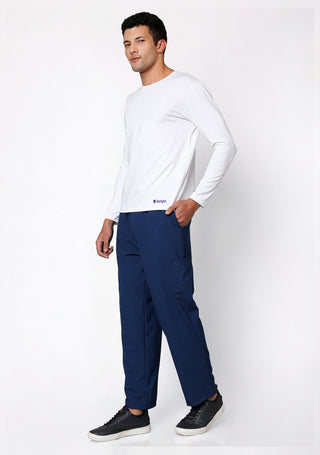In the fast-paced and high-risk environment of an operating room, every detail matters. From sterilized instruments to specialized clothing, everything is designed to maintain hygiene and prevent contamination. Among these, a surgeon’s scrubs and protective apparel play a crucial role in ensuring both patient safety and healthcare worker protection. But have you ever wondered about the science behind these essential garments? Let’s explore how medical scrubs, doctor lab coats, surgical caps, gloves, and other protective gear are designed to meet the rigorous demands of surgery and patient care.
Ready to explore our amazing scrubs collection? Browse the best here
The Purpose of Surgical Attire
Surgical scrubs and protective apparel are not just about uniformity; they serve a scientific purpose. The primary objectives of a surgeon’s attire include:
- Preventing contamination: Reducing the risk of infections by blocking bacteria and viruses.
- Enhancing mobility and comfort: Ensuring freedom of movement for medical professionals during long procedures.
- Providing a barrier against fluids: Protecting the wearer from exposure to blood, bodily fluids, and chemicals.
Now, let’s break down the key components of a surgeon’s attire and their specific functions.
Medical Scrubs: The Foundation of Surgical Attire
Medical scrubs are the most recognizable piece of healthcare apparel. But why are scrubs so important?
- Fabric Matters: Scrubs are typically made from lightweight, breathable, and antimicrobial fabrics to reduce bacterial growth.
- Color Science: The most common color for scrubs is blue or green, which helps reduce eye strain and improves visual contrast during surgery.
- Functionality: Pockets and loose-fitting designs allow for practicality, comfort, and mobility.
For both male and female healthcare professionals, comfortable and well-fitted scrubs are essential. You can find high-qualityscrubs for men andscrubs for women designed specifically for the demands of surgical environments.
Doctor Lab Coats: More Than Just a Professional Look
Adoctor white coat is often associated with professionalism and expertise, but its role extends beyond aesthetics.
- Protection: Shields against spills, splashes, and contaminants.
- Storage: Provides multiple pockets for carrying essential medical tools.
- Identification: Differentiates medical staff from other healthcare personnel.
Whether referred to as a doctor coat or a lab coat, this piece of apparel plays a vital role in both clinical and surgical settings.
Surgical Caps: Controlling Contamination
Even freshly washed hair harbors bacteria. A surgical cap minimizes the risk of hair shedding into the sterile field, preventing contamination. Key features include:
- Full coverage: Ensuring all hair is contained.
- Disposable vs. Reusable: While some prefer single-use caps, others opt for eco-friendly, reusable alternatives.
- Sweat absorption: Keeping sweat from dripping into the surgical field.
Gloves: The Ultimate Barrier Protection
Gloves are perhaps the most critical component of personal protective equipment (PPE). Their purpose includes:
- Preventing cross-contamination: Acting as a barrier between the patient and the surgeon.
- Sterile vs. Non-Sterile: While sterile gloves are used in surgical procedures, non-sterile gloves are suitable for general medical examinations.
- Proper Removal Technique: Safe removal is crucial to prevent self-contamination. Follow these steps:
- Pinch the glove near the cuff and pull it inside out.
- Cup it in your other hand.
- Slide two fingers under the cuff of the second glove.
- Pull it off, ensuring it turns inside out over the first glove.
- Dispose of gloves in a biohazard bin.
Masks, Face Shields, and Eyewear: Protecting Mucous Membranes
Surgical masks and protective eyewear serve dual purposes: they prevent the transfer of microorganisms from the surgeon to the patient and protect the surgeon from splashes of bodily fluids.
- Types of Face Masks:
- Standard surgical masks
- N95 respirators for high-risk environments
- Masks with built-in face shields for extra protection
- Visors and Goggles: Protect against splashes during high-risk procedures.
Surgical Gowns: Sterility and Safety
Surgical gowns are an integral part of operating room attire. Their key benefits include:
- Aseptic Barrier: Prevents the transfer of bacteria between the surgical team and the patient.
- Fluid Resistance: Protects against exposure to bodily fluids and contaminants.
- Comfort and Breathability: Ensuring ease of movement while maintaining protection.
Shoe Covers and Boots: Preventing Contamination from the Ground Up
The operating room can be a messy place. To maintain hygiene, medical professionals rely on:
- Theater Boots: Waterproof footwear that shields against blood and bodily fluids.
- Over-shoes: Disposable covers that prevent dirt and microbes from entering sterile areas.
- Emergency Worker Boots: Steel-toe, waterproof boots designed for ultimate protection in high-risk environments.
The science behind a surgeon’s scrubs goes beyond aesthetics; it plays a crucial role in infection control, safety, and maintaining a sterile environment in the operating room. From medical scrubs to surgical gowns, every component has a purpose in ensuring patient and practitioner safety. Investing in high-quality scrubs enhances performance, comfort, and protection.

